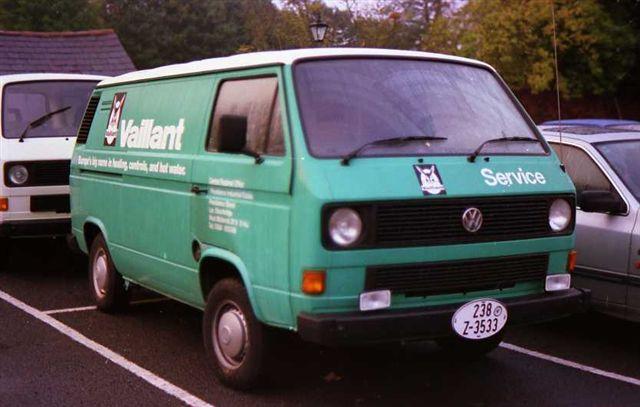After having sucessfully managed to optimise my Vaillant ecoTEC 418 for CH, I'm now looking to do the same for the HW now we're having this great weather and the heating is no longer on.  (see my other thread for CH optimisation)
(see my other thread for CH optimisation)
I have a 117 litre (vented) hot water cylinder, a Vaillant VRT392, VR65 and VR10 NTC for controling the HW temperature to give around 55C at the tap. After adjusting the balancing valve, I currently get about 10C delta between flow/return.
My question is; What is the most efficient way of heating the DHW from say 25C to 55C?
d.78 is currently set to 75C (max flow temp for heating DHW)
d.17 is currently set to Return Regulation (if that makes a difference for heating DHW!?)
I've currently set the VRT392 to heat the DHW twice per day (morning/afternoon) for 30 minutes each. I tried setting it on all day but that used more fuel for similar DHW usage.
I'm currently using a "trial 'n' monitor" method by trying different options and logging usage at the meter, which is slow and hit & miss
What should I set d.77/78 to give the most efficient operation? Is there a mathmatical way of working it out?
Any optimisation suggestions appreciated!
I have a 117 litre (vented) hot water cylinder, a Vaillant VRT392, VR65 and VR10 NTC for controling the HW temperature to give around 55C at the tap. After adjusting the balancing valve, I currently get about 10C delta between flow/return.
My question is; What is the most efficient way of heating the DHW from say 25C to 55C?
- a) A high burner output and flow temperature (d.77/78 )
b) A low(er) burner and flow temperature to get better condensing efficency (but taking longer to heat)?
c) Something else?
d.78 is currently set to 75C (max flow temp for heating DHW)
d.17 is currently set to Return Regulation (if that makes a difference for heating DHW!?)
I've currently set the VRT392 to heat the DHW twice per day (morning/afternoon) for 30 minutes each. I tried setting it on all day but that used more fuel for similar DHW usage.
I'm currently using a "trial 'n' monitor" method by trying different options and logging usage at the meter, which is slow and hit & miss
What should I set d.77/78 to give the most efficient operation? Is there a mathmatical way of working it out?
Any optimisation suggestions appreciated!



